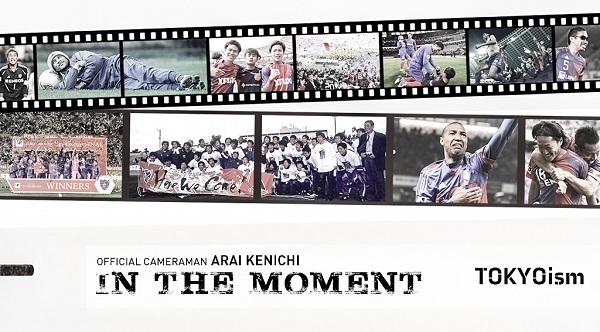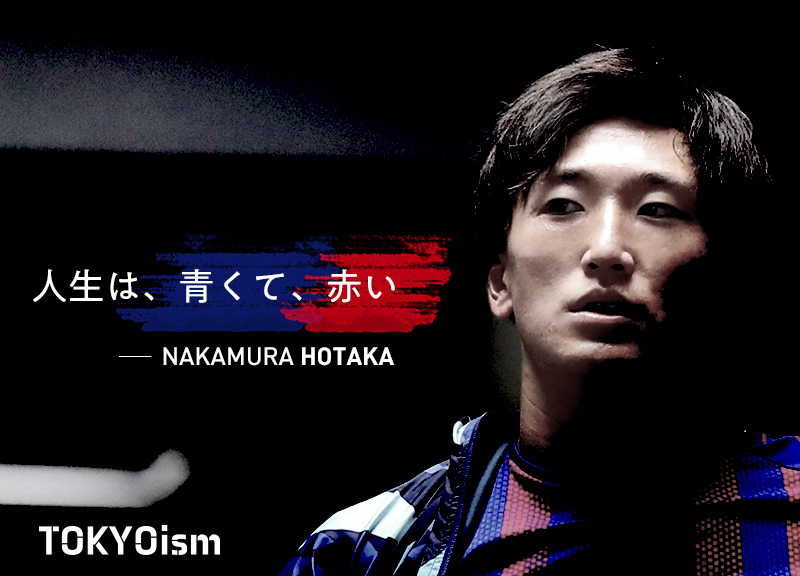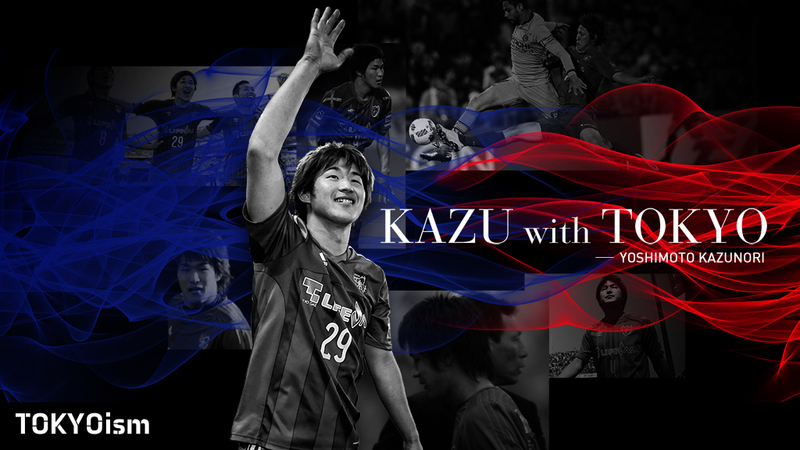Kenichi Arai, the club's official photographer. His encounter with FC Tokyo dates back over 20 years.
Started working as a freelance sports photographer in 1999, focusing on the J League. At that time, I also attended matches of FC Tokyo, which was competing in J2.
"If there's something I want to capture, I go out and shoot it myself" -- even if there's no prospect of it becoming 'work', I follow my intuition and heart. This is still the principle of photographer Arai today.
Everything started that day, from Niigata
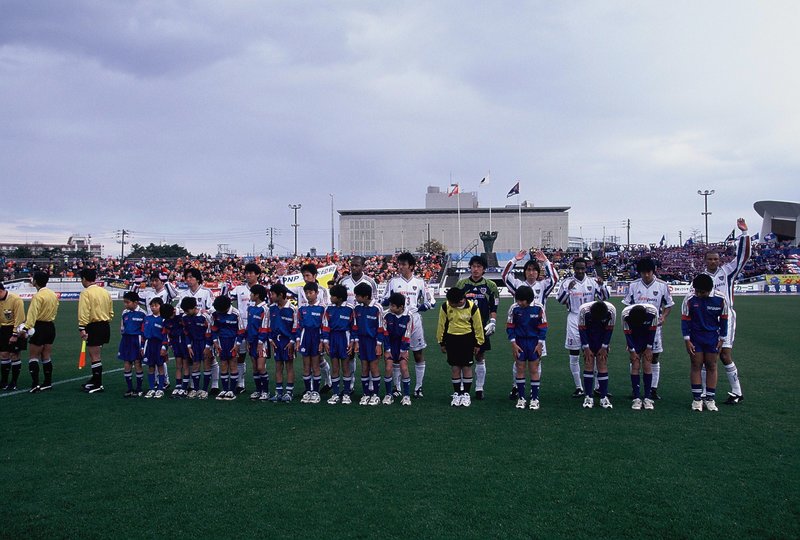
November 21, 1999 J2 Final Match - Niigata Athletic Stadium
Photographer Arai volunteered to travel to a distant away location.
"While photographing FC Tokyo competing in J2, I somehow felt that they were a 'team with potential.' They have a homey atmosphere and energy, and although they lost momentum mid-season, I had a feeling that they might be promoted to J1, and I definitely wanted to capture that."
That said, the J2 League at the time was not particularly noteworthy to the general public. By the time the final matchday arrived, FC Tokyo's chances of promotion had disappeared, and they reflect that "there were also few photographers."

However, the team achieved promotion to J1 in a dramatic fashion, and photographer Arai's photos have become rare.
"I was able to have the photos I took used in soccer magazines and club publications. It was the first time I truly felt that my photos were being shared with others in print, and I was really happy about it. So, if I hadn't taken photos of that match, I probably wouldn't be who I am today."
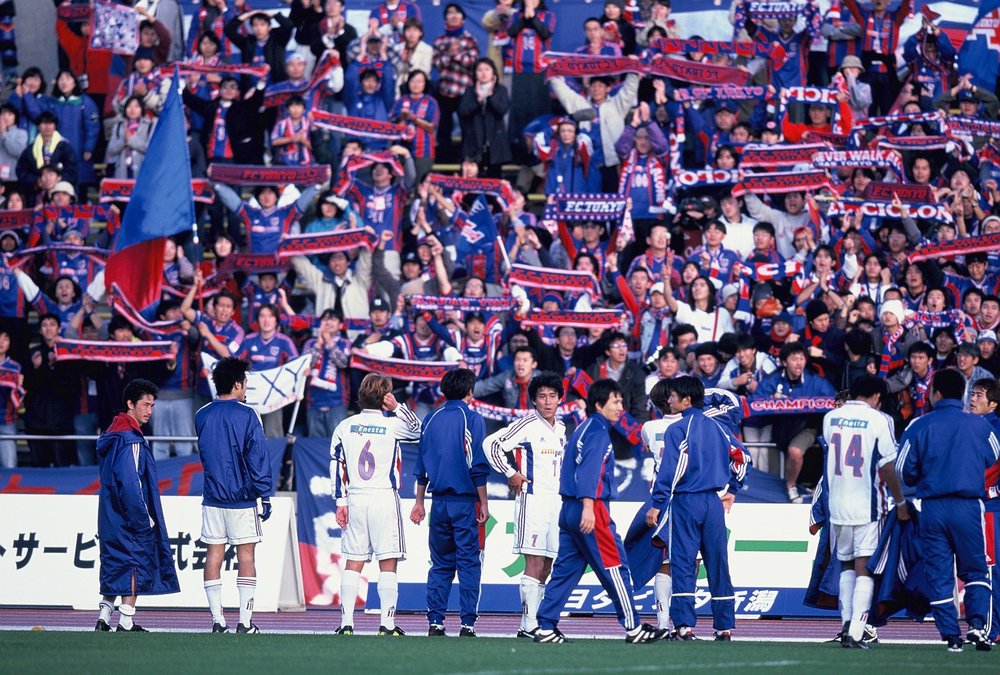
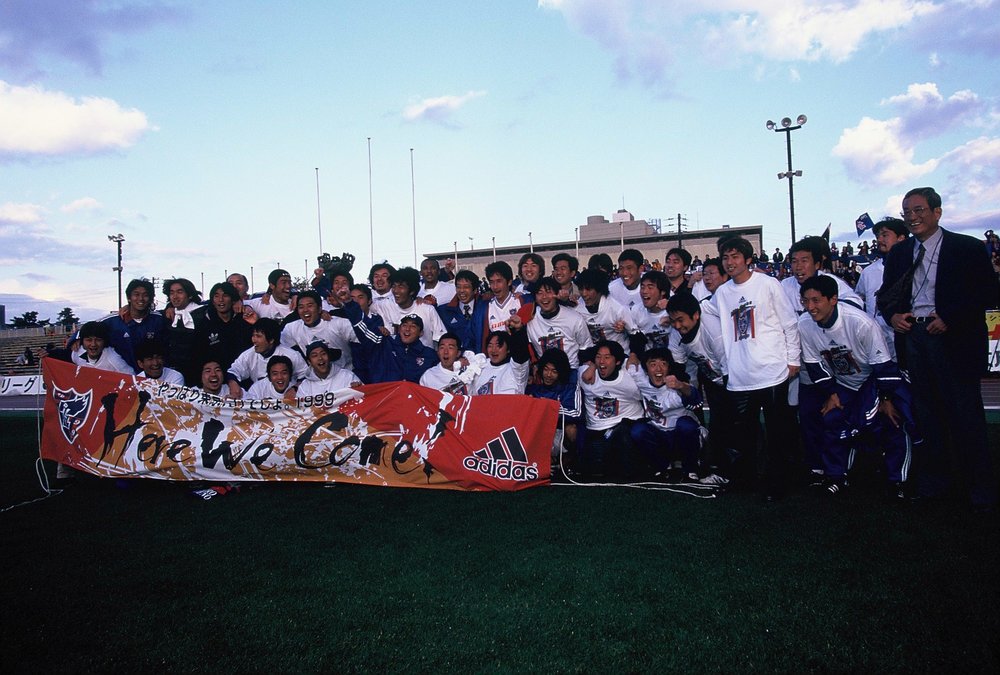
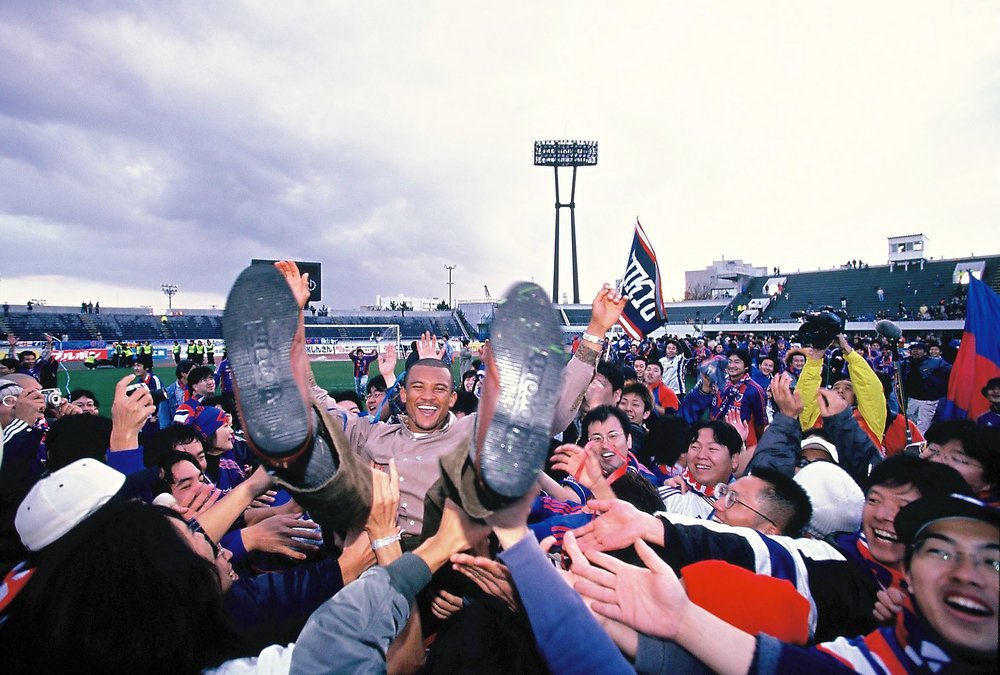
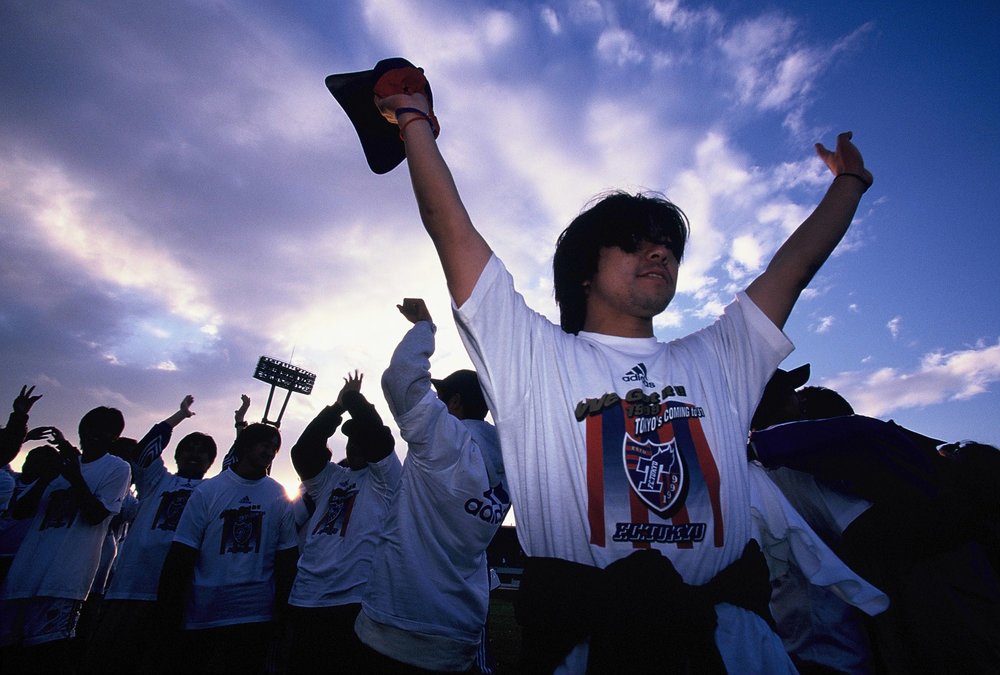
From there, I started to follow the team that moved the stage of battle to J1, and in 2002, I received a request from the club and began working officially.
"At first, it was just the two of us, and I was told that I only needed to cover the home day games. I was also told that as long as I delivered 100 photos after the match, I could shoot however I liked. So I was able to freely focus on my favorite angles and the players I wanted to capture. It was really fun to photograph the players who were 'in the zone.' There was an expectation that something exciting would happen, and indeed, something often did. I think that was the interesting and thrilling part of being a photographer."
That iconic player is Amaral.

"So in 2003, during his last game (November 19th away match against Kashiwa), I cried. Even though we were two goals behind, Amaral came on as a substitute in the second half and scored two goals to turn the game around. It was originally very cold and it was raining, so the viewfinder was foggy and tears were coming out (laughs). ... It's no good, as a photographer it's no good (bitter smile)"
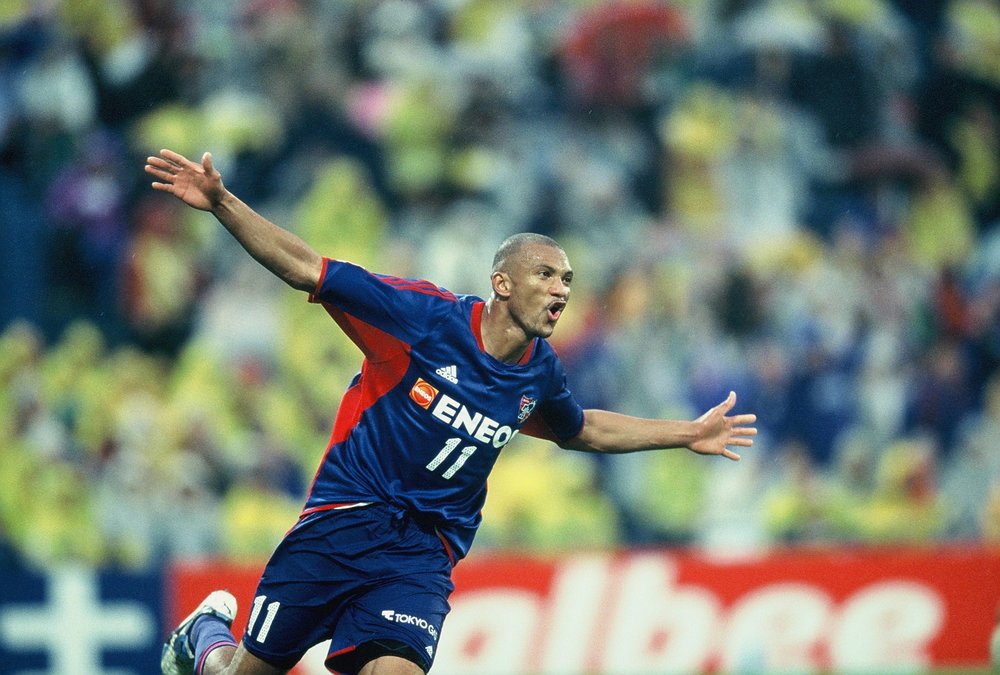
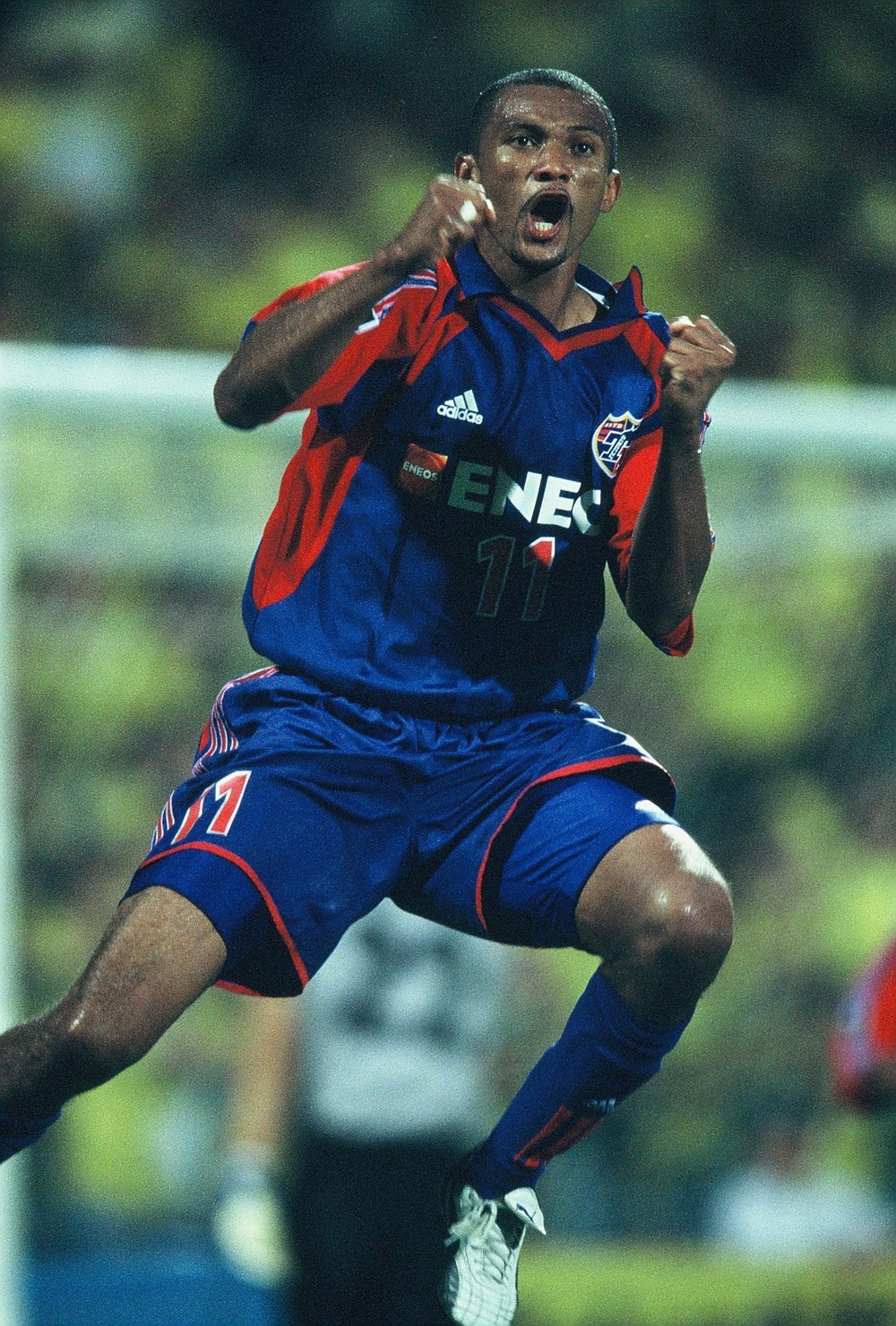

The following year, I couldn't contain my overflowing emotions when we captured our first title as a club, the J.League Cup (then known as the Nabisco Cup).
"When GK Doi stopped the penalty shootout and Kaji scored, it was just like 'Wow...'. But at that moment, I immediately switched to 'I have to take a picture!' (laughs). I climbed to the very top of the National Stadium and took pictures of the award ceremony. The view from up there was really refreshing."

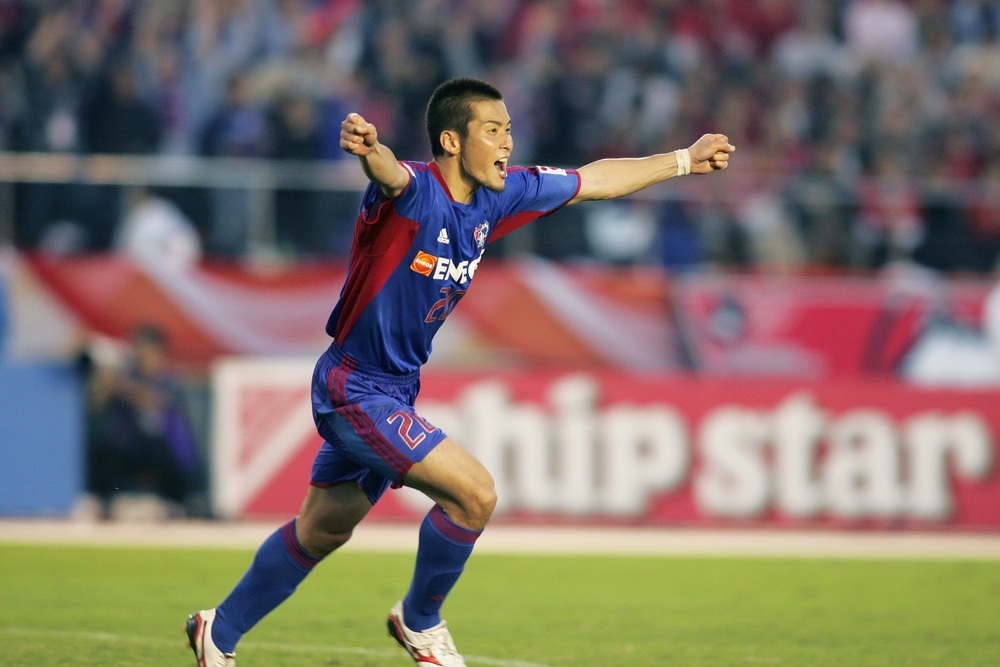

Every season, everywhere
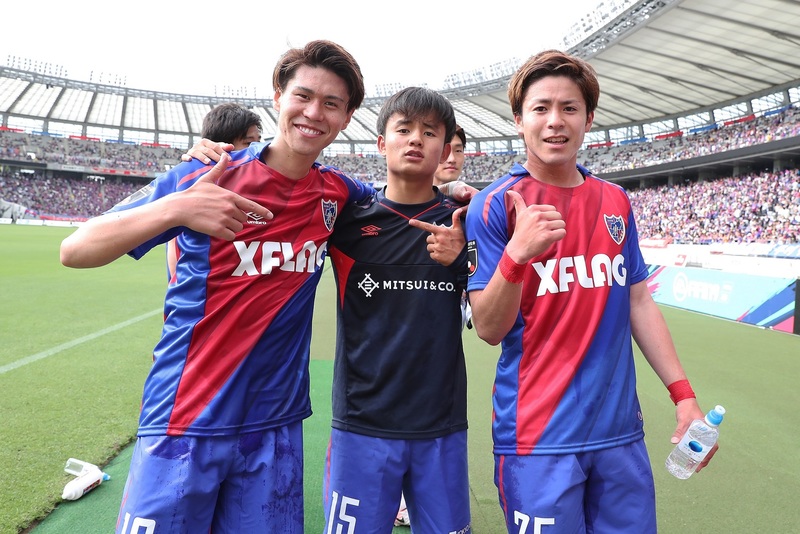
Having accumulated work as an official, I now independently film all matches, both home and away, over time.
"Certainly, the way of taking photos has changed. In the past, it was enough to just take pictures of my favorite players or the players I wanted to capture, but now there are also requirements from the club, and I have to capture various things from different angles. It's not just about the match; I also take photos of players arriving at the venue, as well as the outside and back of the stadium. With the advancement of digital technology, speed has also become a requirement."
Photographer Arai said, "Even so, I am allowed to do whatever I like," while showing a smile, but it seems that sometimes he feels pressure.
"When Kenyo's first goal in Tokyo was anticipated, I also started to feel a bit unwell. There were times when I couldn't score, and as time went on, more and more photographers showed up, and at that time, I even felt nauseous (laughs). It was my first experience."
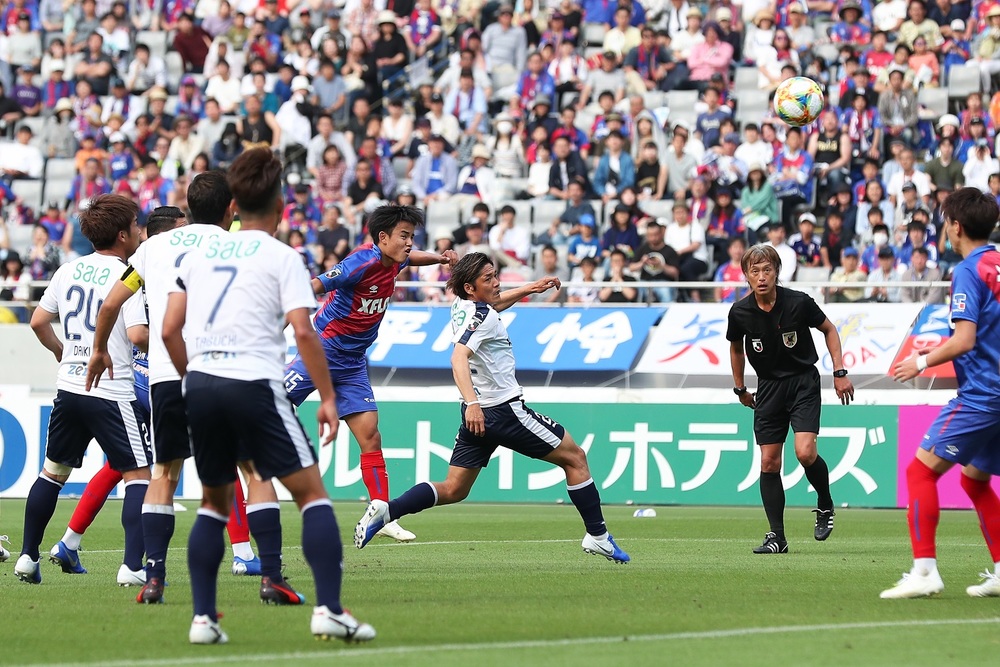
For several seasons, the matchday program featured a section called 'The Moment,' chosen by the official photographer.
"When you focus on 'that one piece,' your perspective on selection changes. I learned a lot as well."
There is also the joy of receiving direct feedback from readers at times.
"In the stands, I received compliments from supporters and volunteer uncles saying, 'This photo was great!' (laughs). It simply made me happy."
When asked when he feels excited...
"The most exciting time is when I load the equipment, leave the house, and head to the stadium. Losing a match makes the way home tough. Especially the return from an away game is hard (bitter smile)"
As a fan and supporter, he is also a passionate photographer who fights alongside us.
The evolution of the club seen through the finder

Having spent over a thousand matches with the team, I have witnessed the club's changes and evolution through the lens.
"There are many memorable moments, but my impression is that we started with a homey feeling in Fukagawa, then moved to Kodaira Ground, and as Ajinomoto was built, it kept growing bigger and bigger."
What is unforgettable as a turning point is also the flow from relegation to J2.
"In 2010, during the final match against Kyoto, the supporters were waiting for the players' bus to arrive at the venue and were cheering incredibly loudly. Tokyo supporters sometimes boo, but before that, it was rare for them to surround the bus after the match or to get into serious mode hours before the game. So I really felt that we were fighting. On the other hand, the players seemed really tense and I felt like they couldn't do anything throughout the match. I can't forget that strange atmosphere."


However, the 2011 season of J2 was filled with ups and downs, and despite my own anxieties, we managed to win and return to J1 in just one year.
"It's a hindsight thing," he prefaced, but he honestly expressed, "It was fun to be able to go to various places."
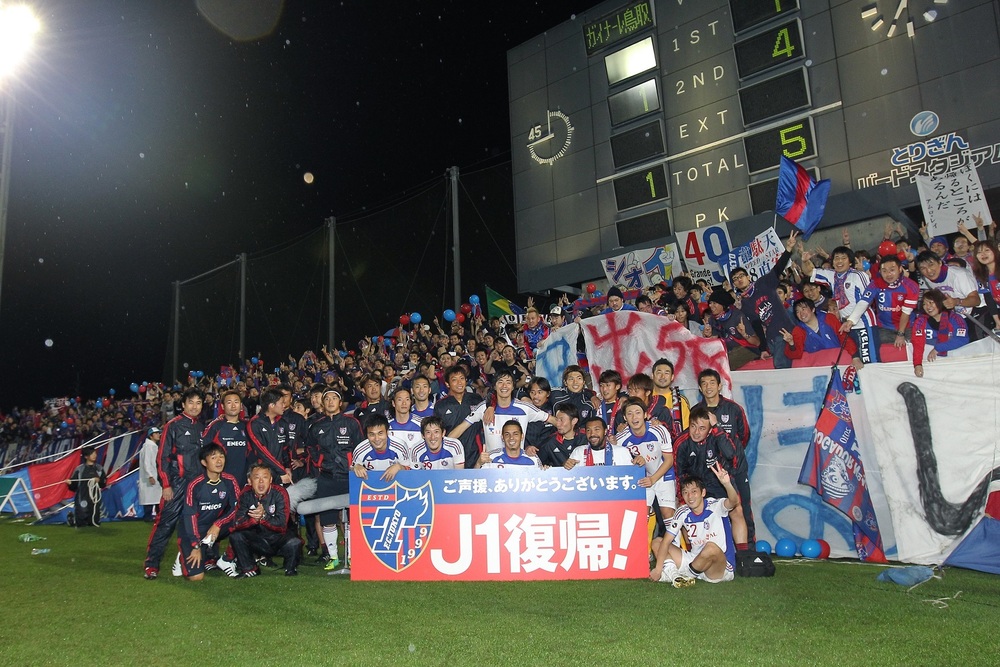
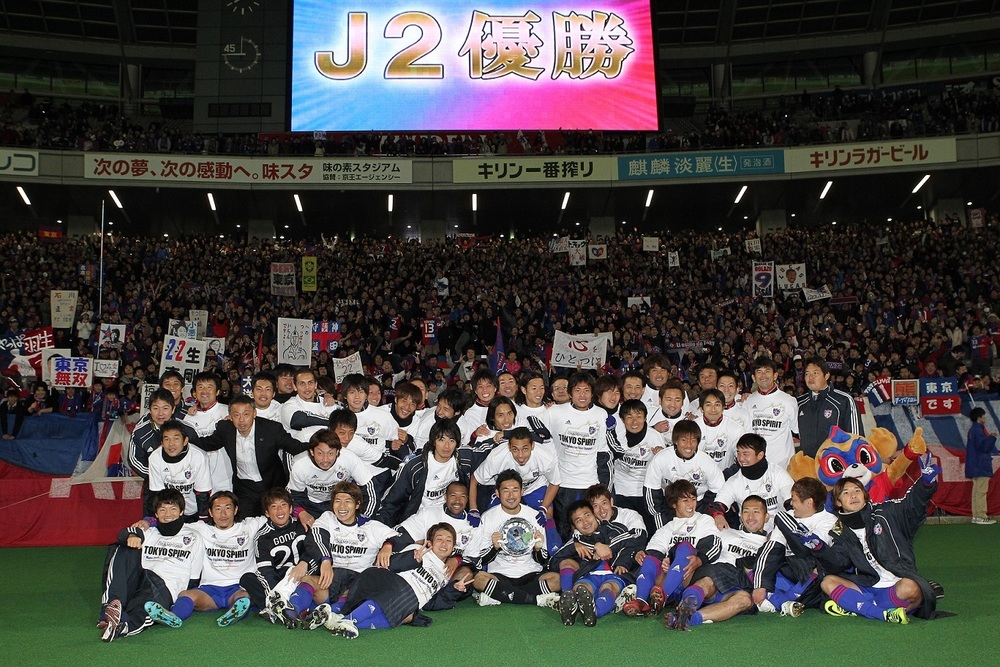
This is precisely because an unexpected development awaited afterwards.
"The flow from winning the Emperor's Cup that year to participating in the AFC Champions League was incredible, wasn't it? The Club World Cup also became a goal, and it felt like the world was suddenly much closer. Such a significant change in just about two years. I feel like the club has genuinely transformed into one that aims for titles in J1. Back in 1999, when I went to Niigata City Athletic Stadium, I never imagined that this team, this club, would become what it is today."
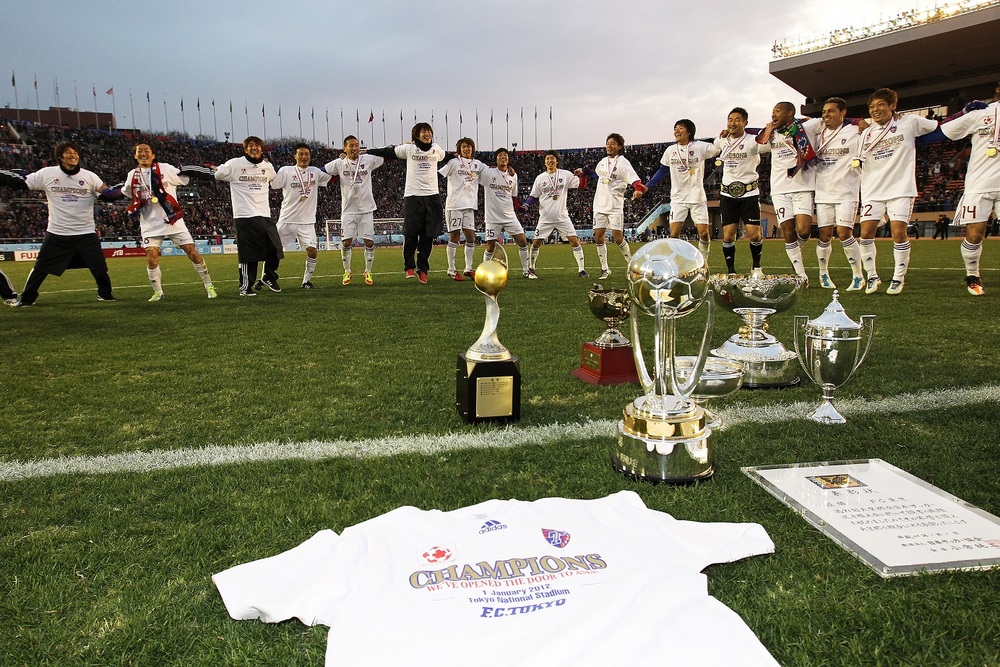
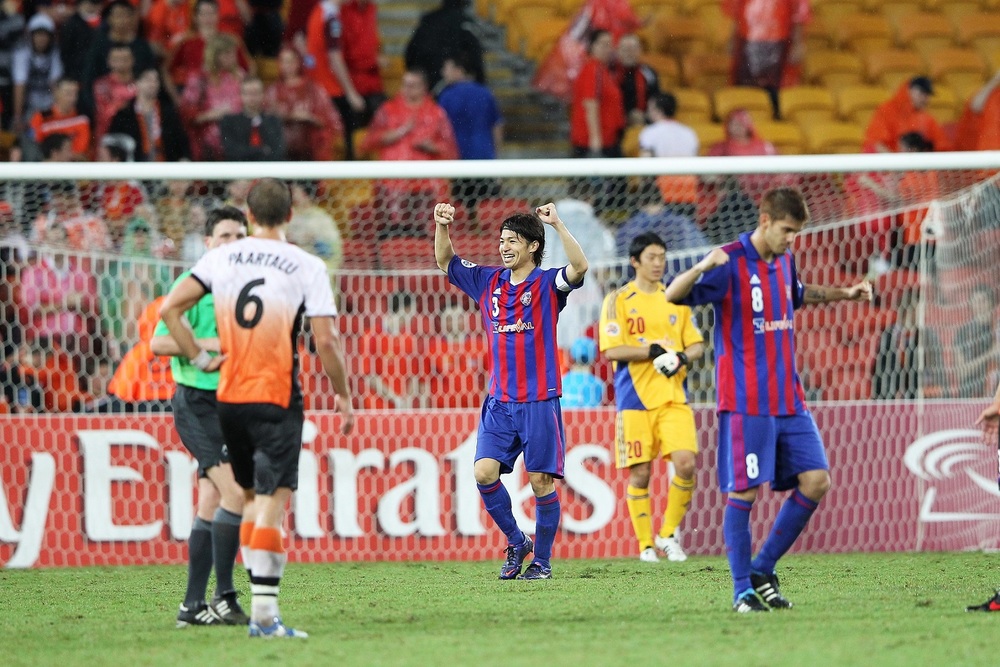
Live in the moment
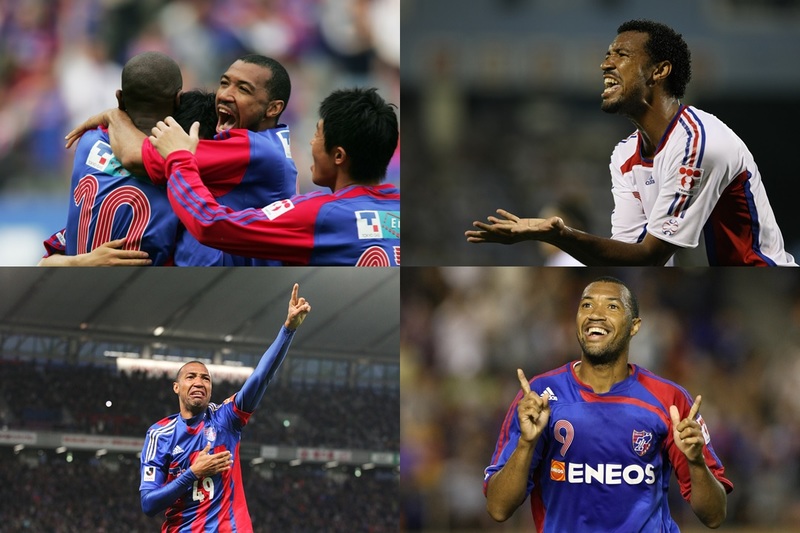
What captivates photographer Arai himself is the stadium's sense of presence and the emotions of joy, anger, sadness, and happiness.
From Amaral and Lucas's serious expressions during the match to their smiles after scoring. I thought Yohei KAJIYAMA's play was superb as well. There were ups and downs depending on the match (laughs). That's why I wanted to see them play outside of Tokyo, so I went all the way to Greece to film. At Nao's retirement ceremony, I got a bit teary-eyed too. Kazunori YOSHIMOTO, who recently retired, also had various emotions in many ways. There were tough times, but that allows for a deeper connection. I went to Shimizu to film the retirement ceremony, and even though we fought as opponents, we could take pictures together as teammates like this. Once again, I felt how amazing soccer is.

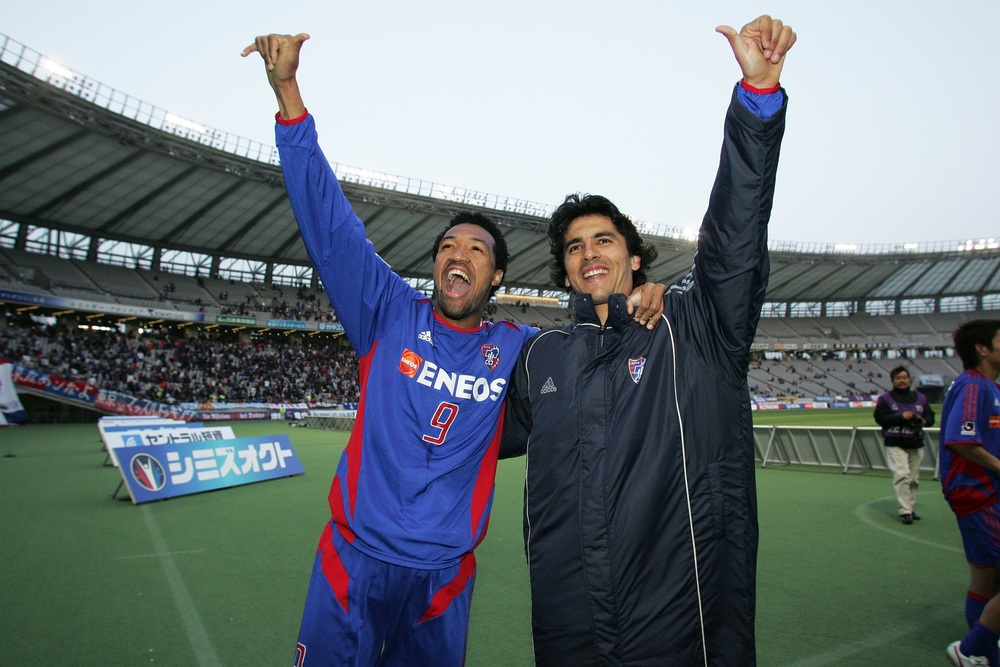

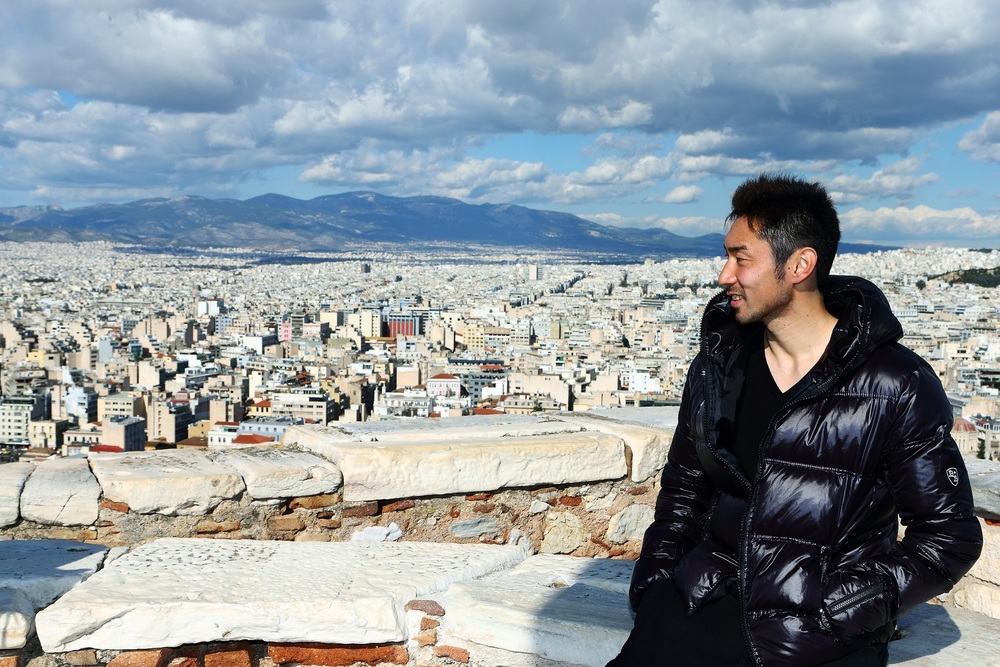
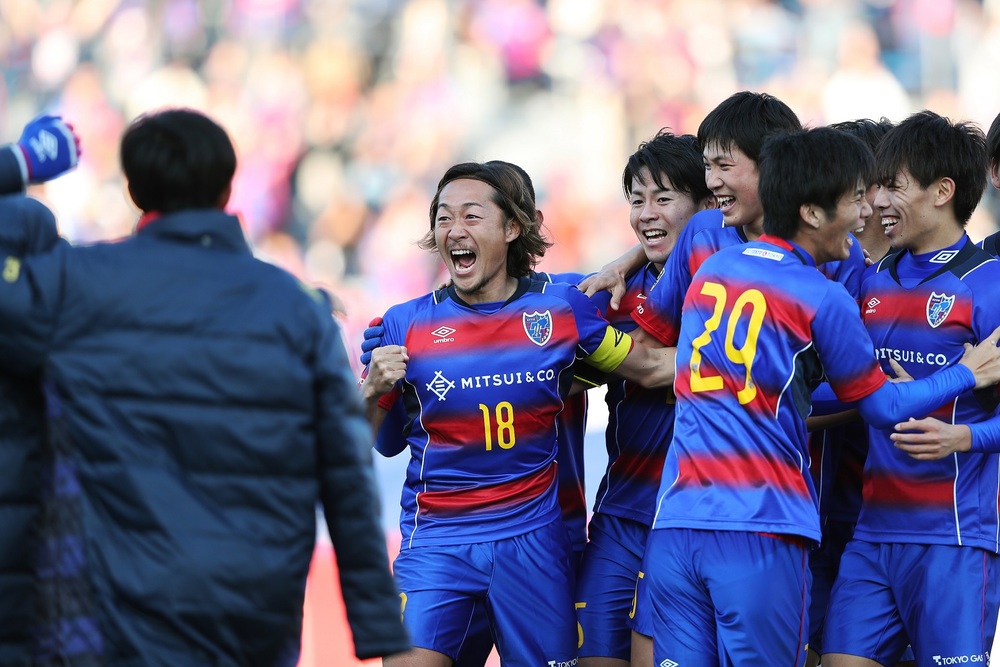

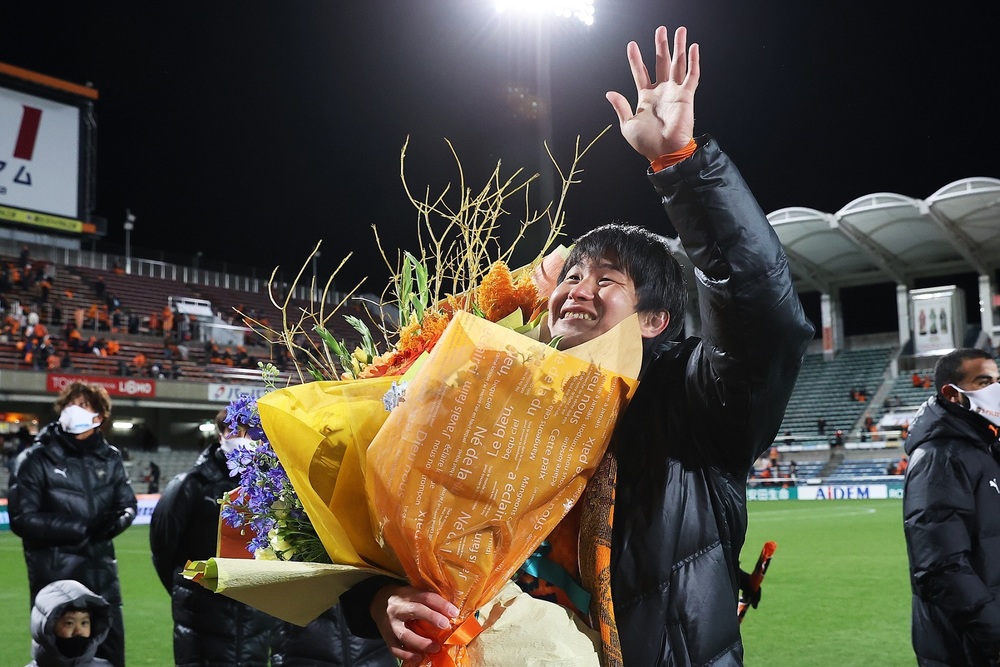
Every day, that attachment only seems to grow stronger.
"In the current team, during goals, Higashi gathers everyone with a feeling of 'come on!' and Ryoya is always quick to rush over to the circle of joy (laughs)"
I have a strong desire to capture those emotions of joy, anger, sorrow, and pleasure.
We are in an era dominated by videos. Still, I believe that only photographs can convey scenes and atmospheres with just a single image.
That's why the current situation is also lonely.
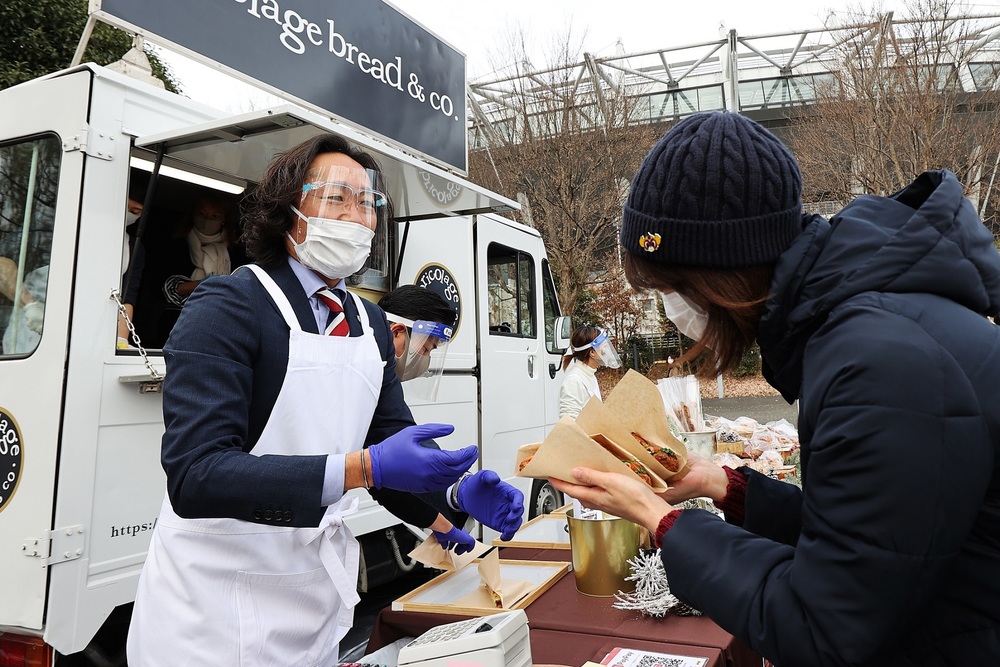
"In the final match of the 2020 season, it was really nice to see Nao-san come out to the stands and interact with the fans after such a long time, and I thought, this is really great."
Wishing for the end of the strict measures during the COVID-19 pandemic, I concluded by reminding myself that I want to continue taking photos that make it feel like I can hear the players' breaths and the cheers from the stands.
Many people may have seen a photo by photographer Arai after winning the Levain Cup.
So, which one is your favorite?
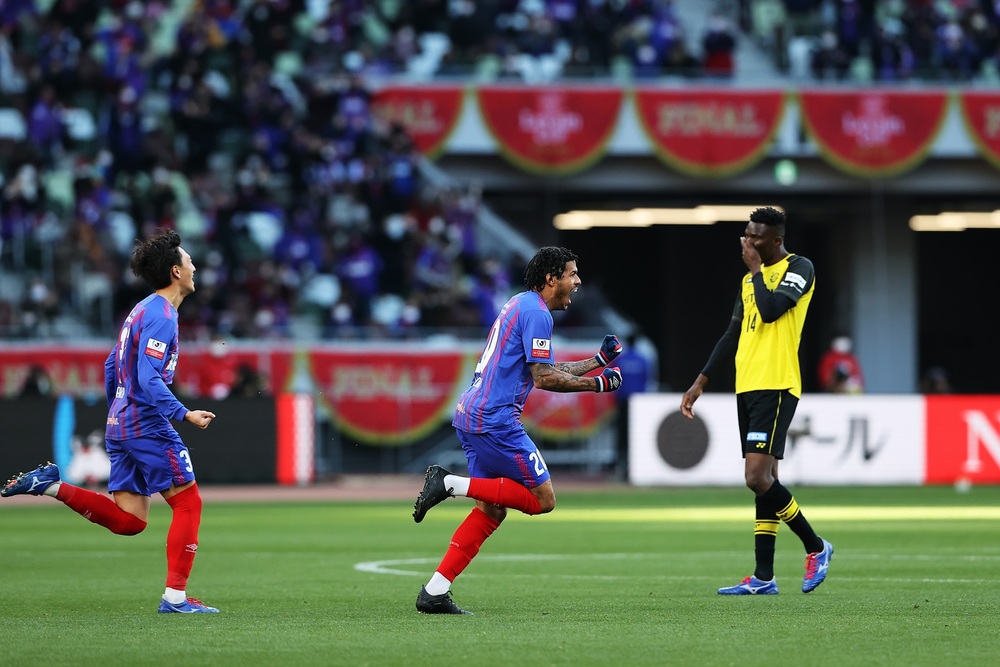
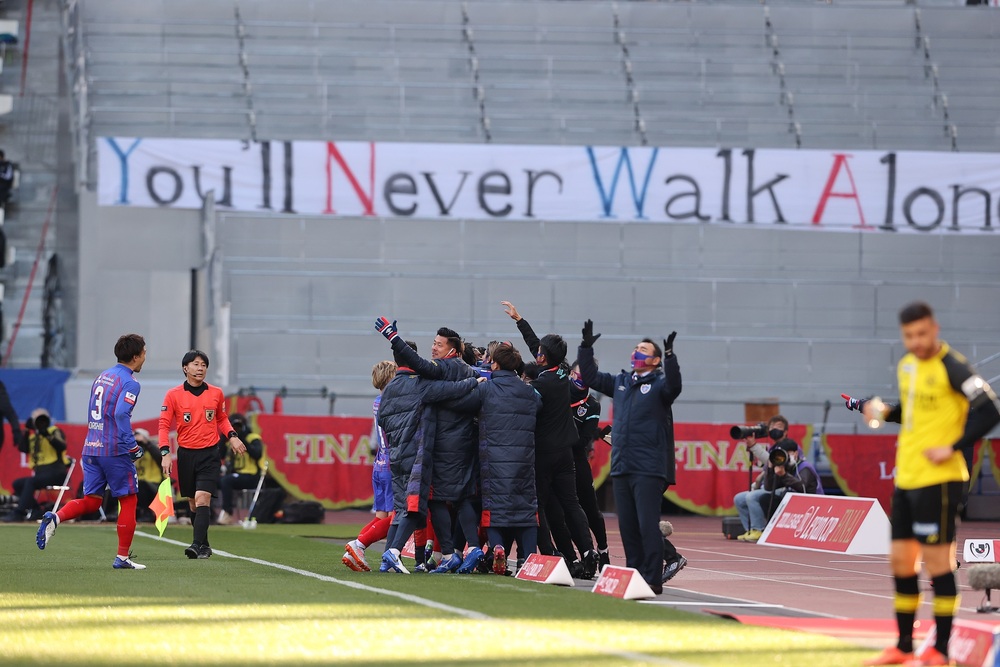
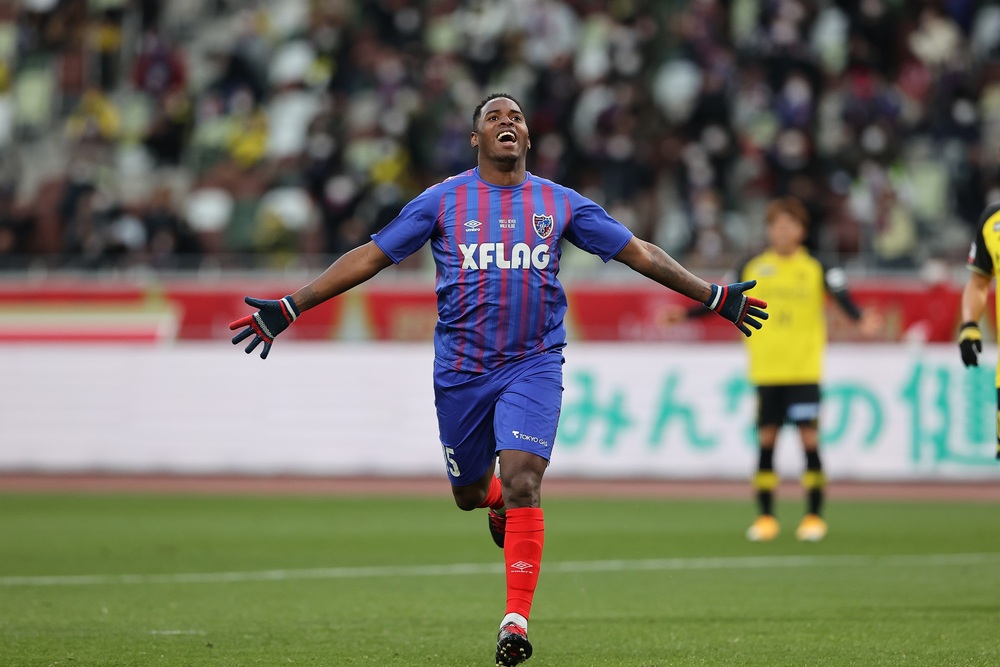
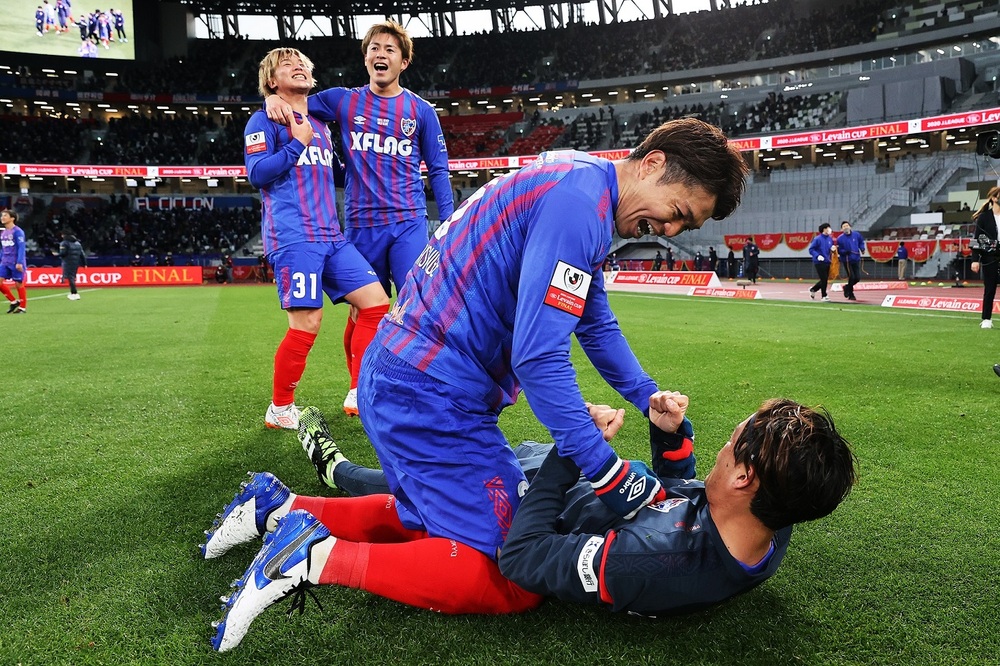
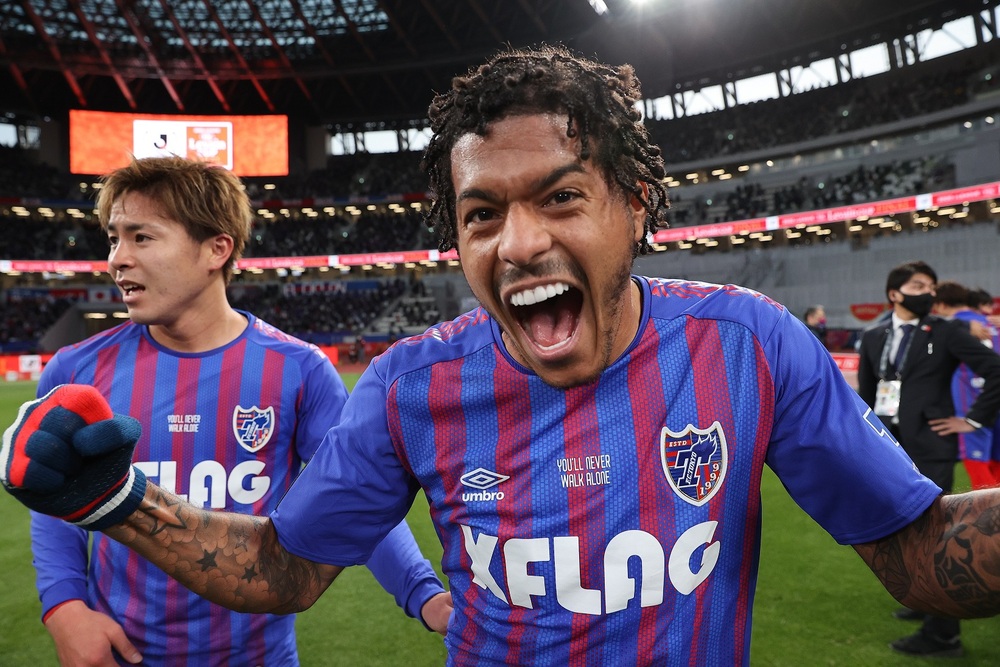
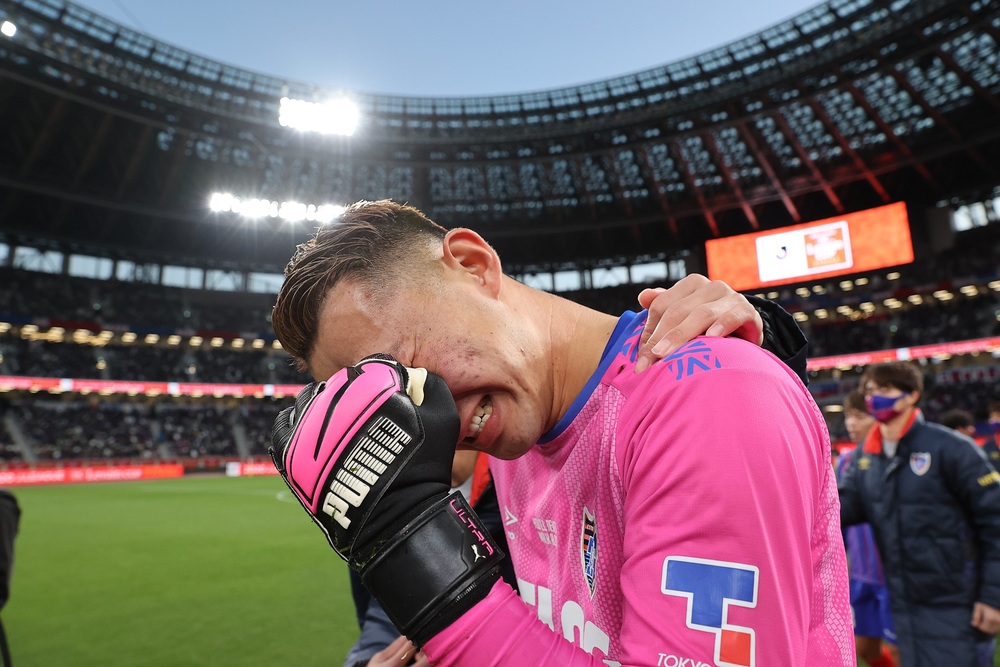

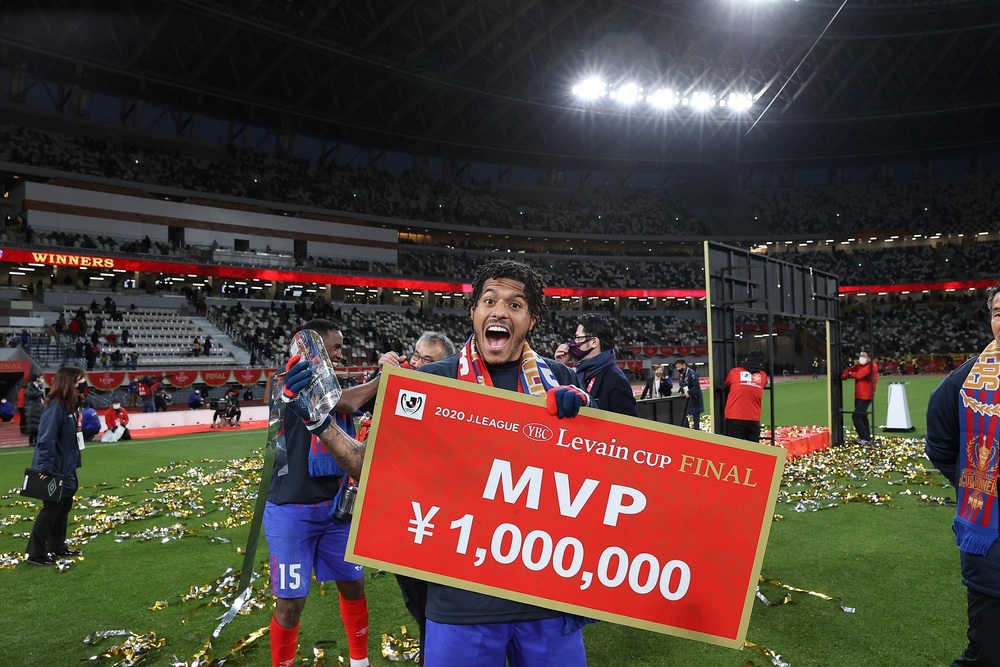


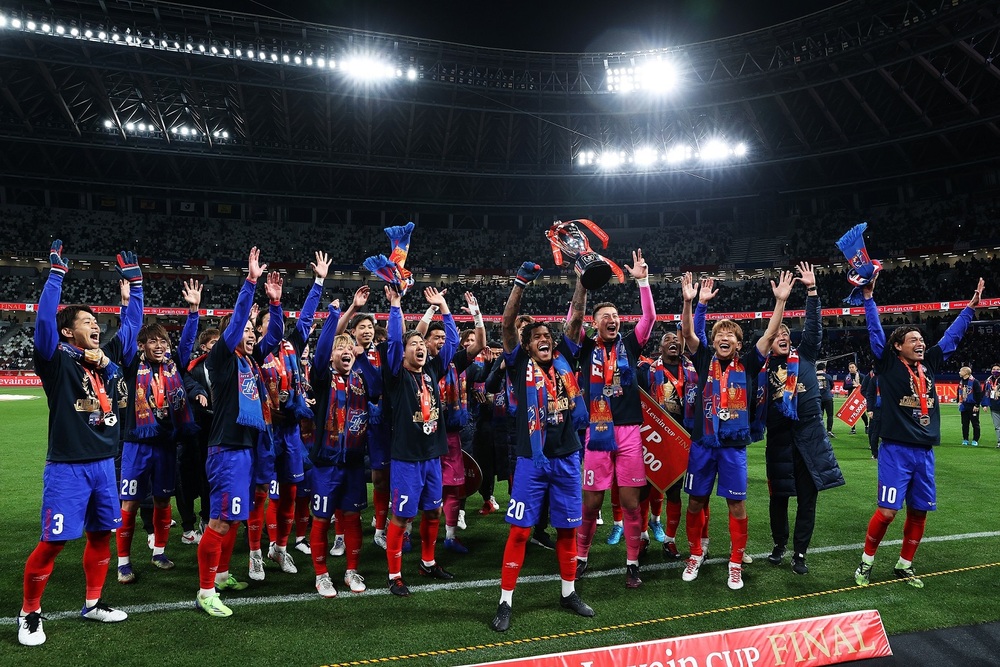
PHOTO SELECTION
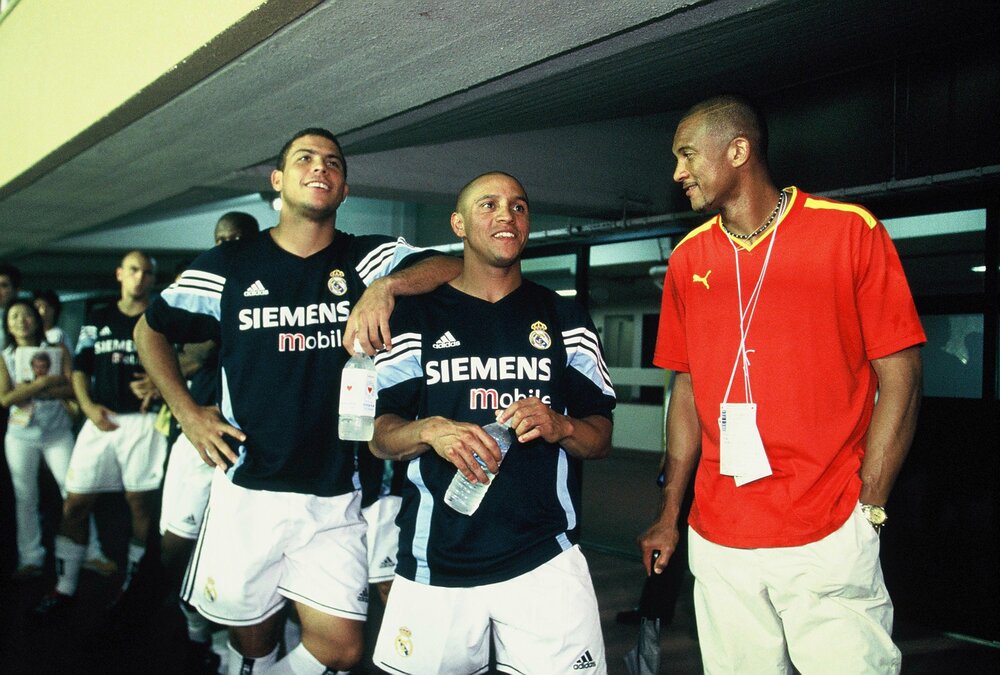 Arai Photographer: "It was a match worth capturing from before the game started." |
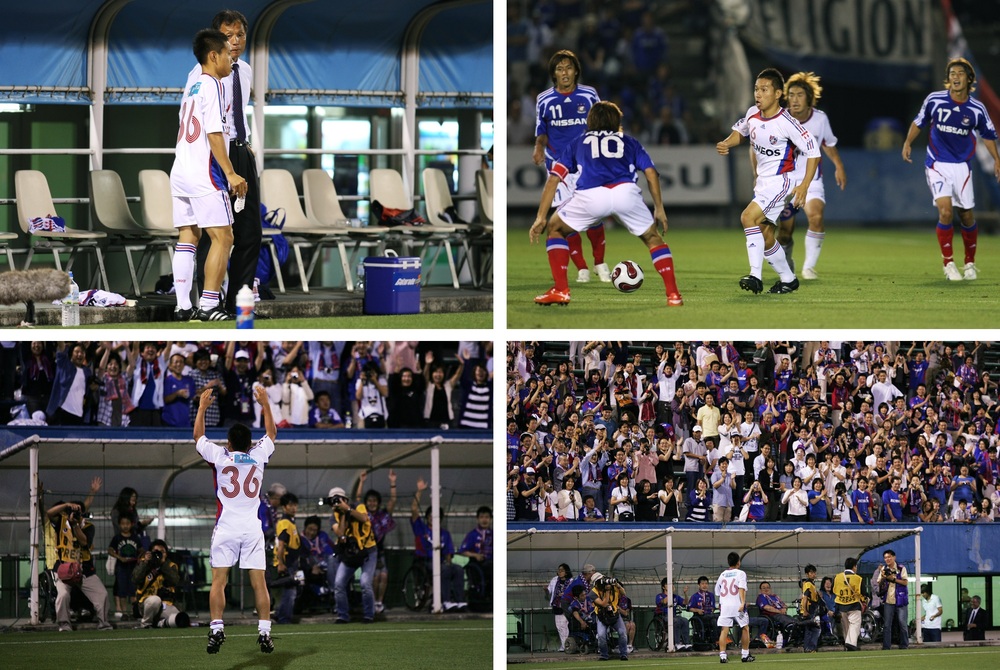 Photographer Arai: "I remember that Yuto captured the hearts of fans and supporters from his debut match. His physique was impressive and unlike that of ordinary players since he joined as a special designated player." ▽Photo of Yuto taken when he joined as a special designated player 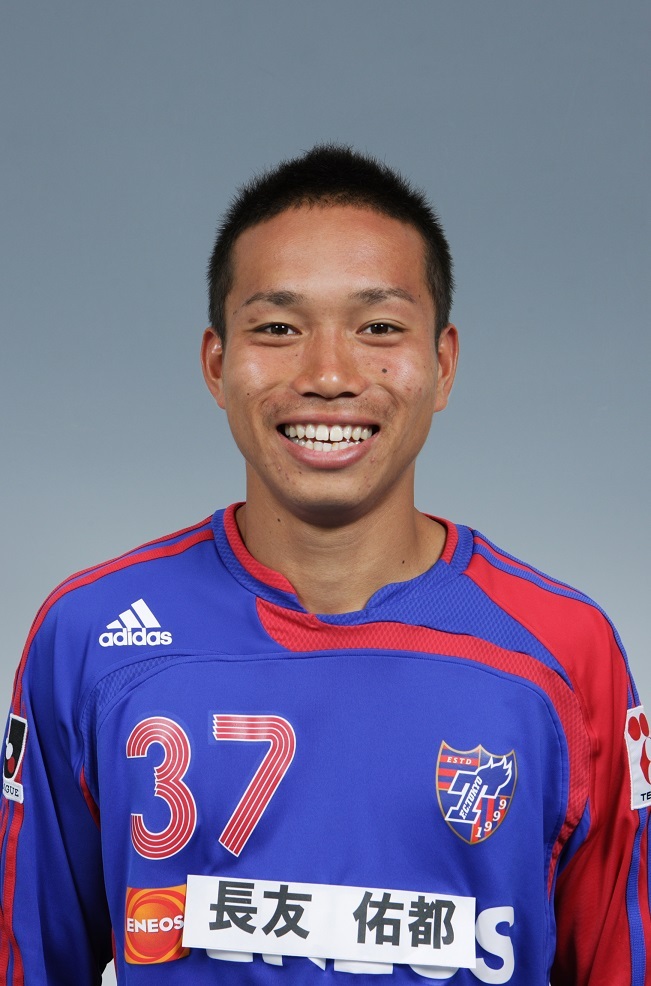 |
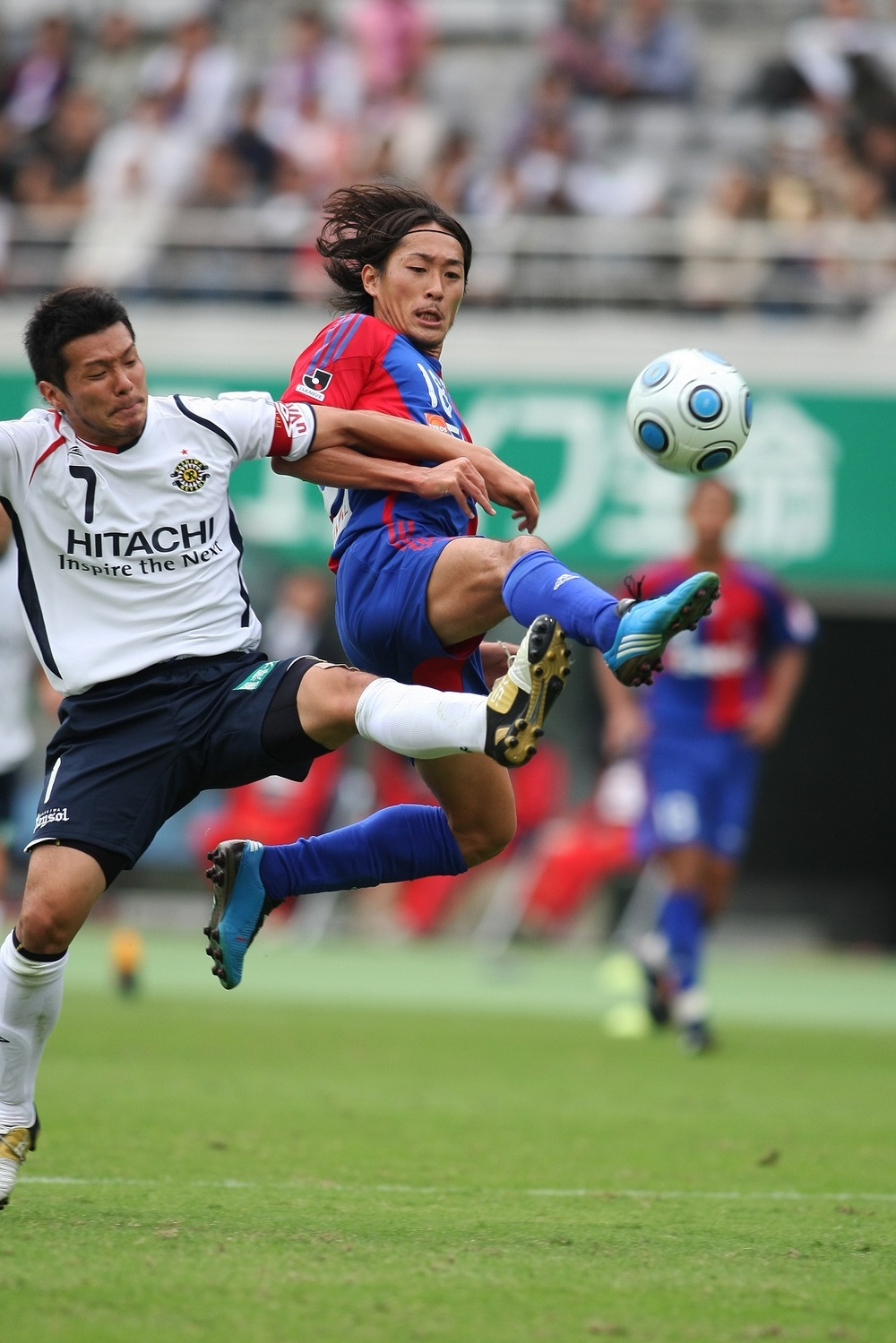
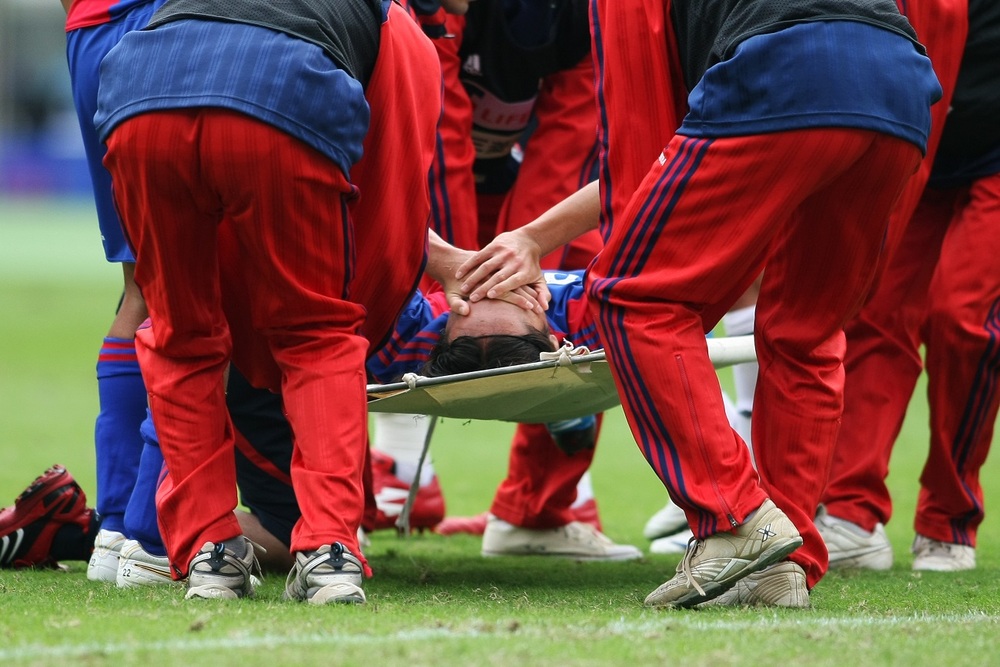 Photographer Arai: "It was a goal from a wonderful collaboration, but I thought the landing was 'bad'. I pressed the shutter without being able to genuinely celebrate the goal scene." |
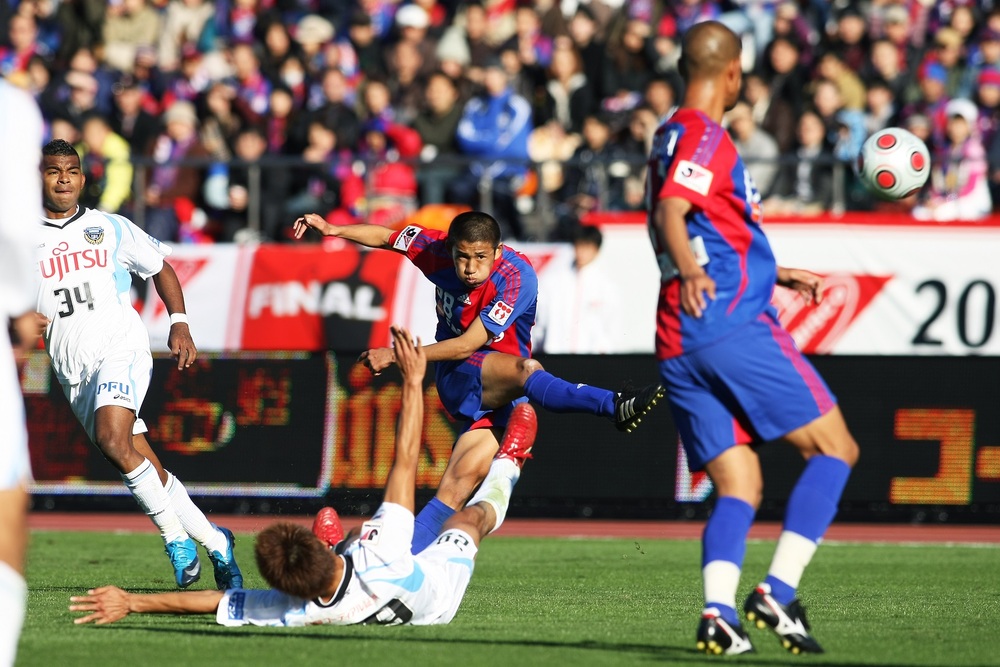 Photographer Arai: "I never thought he would shoot from here, but I quickly got my camera ready. The moment he shot, I was convinced 'this is going in.'" |
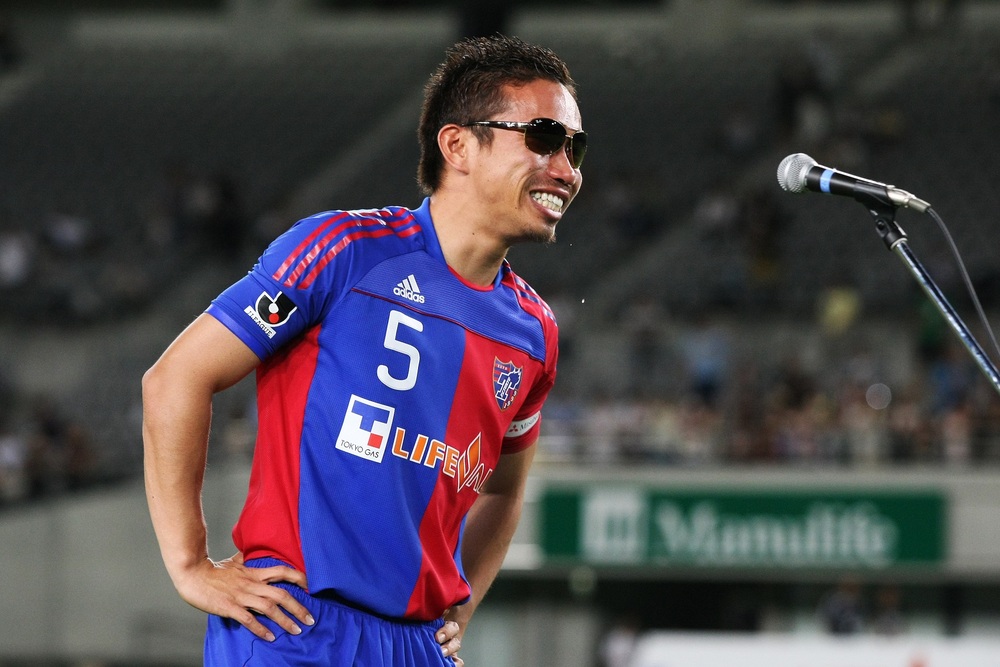 Photographer Arai: "I was able to capture the moment when tears fell that couldn't be hidden behind the sunglasses used to hide embarrassment." |
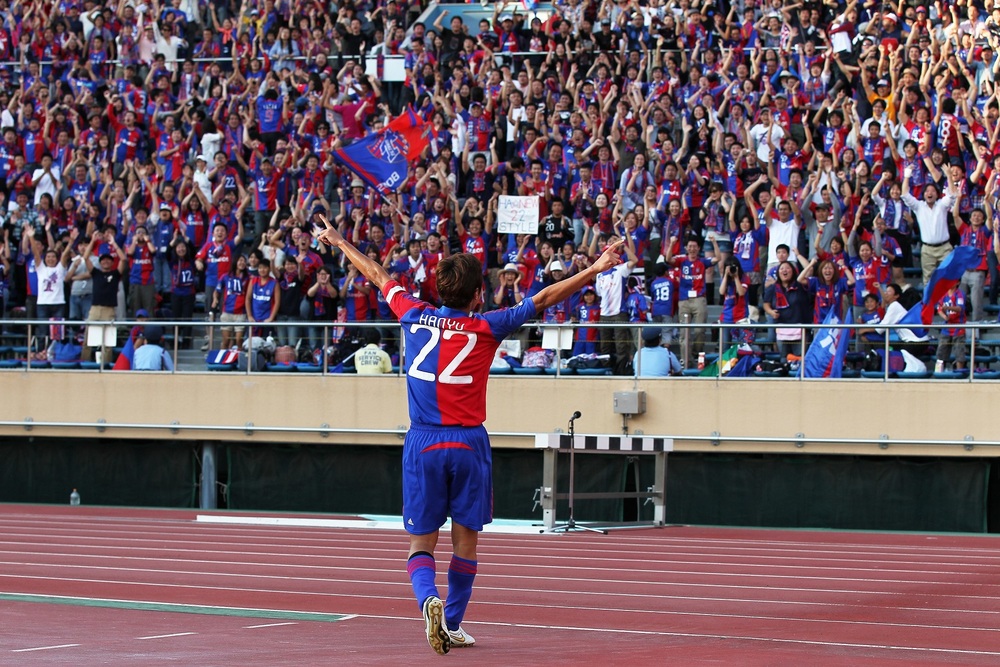 Photographer Arai: "I was able to capture a moment of Naotake HANYU, who is confident of victory, along with the cheering fans and supporters in one shot. It's a moment where I can press the shutter with joy." |
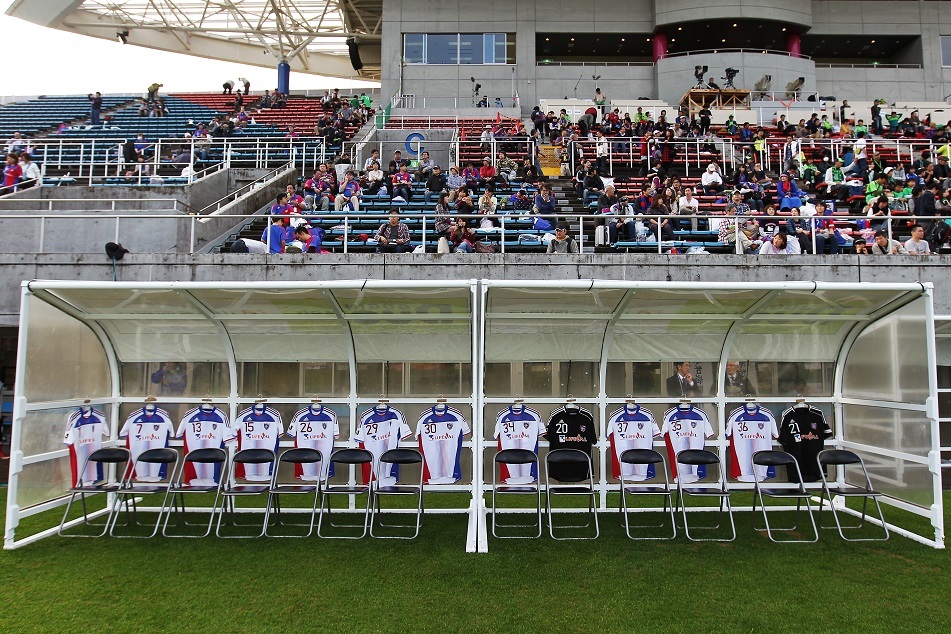 Photographer Arai: "I felt a strong determination from everyone to achieve promotion on this day." |
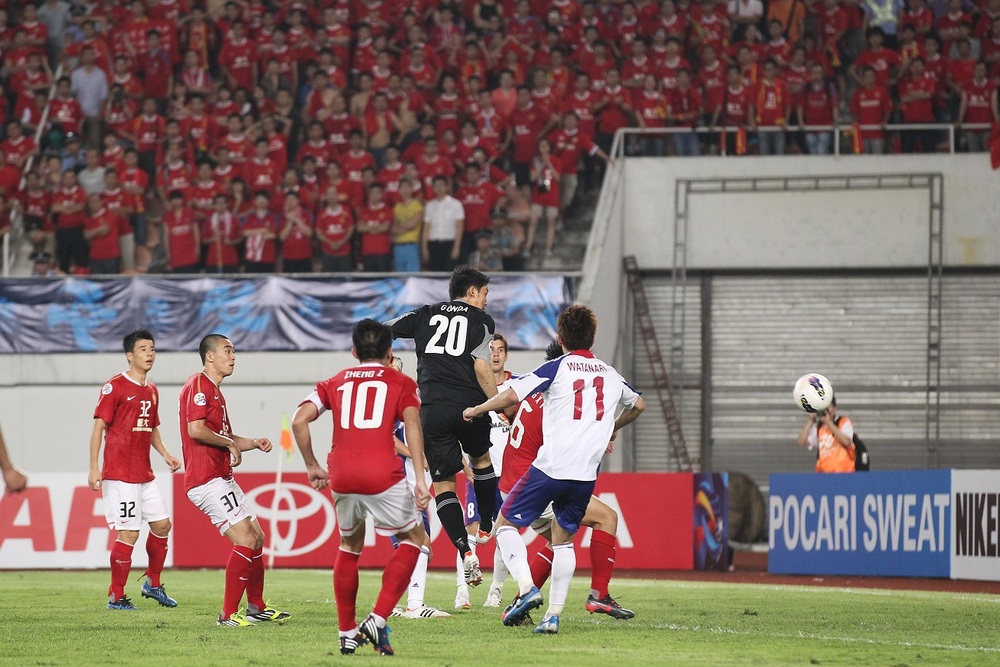 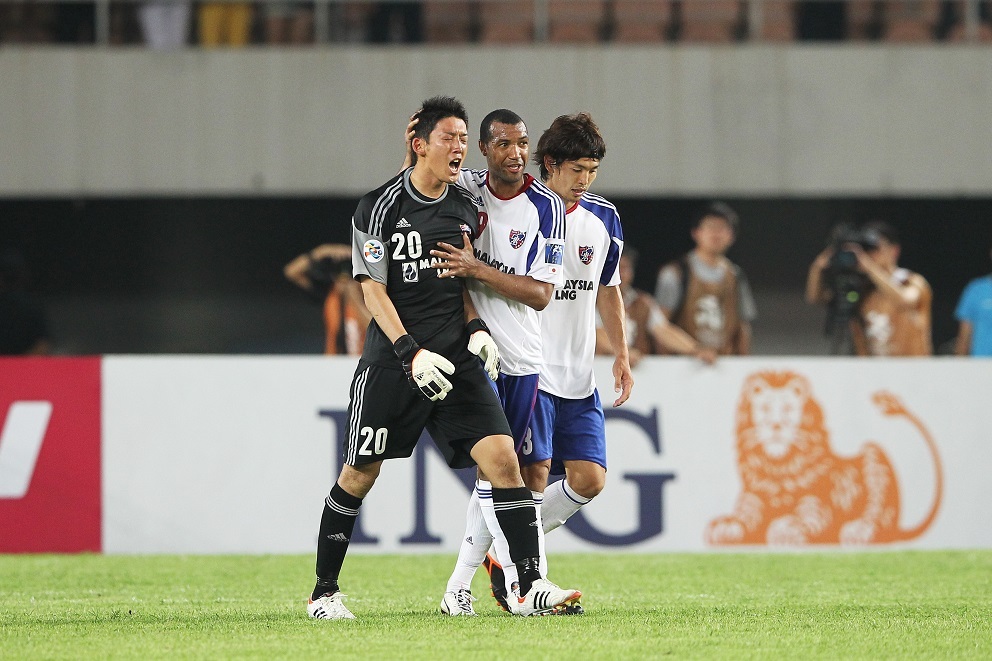 Photographer Arai: "The moment the ball flew to Gonda in the last play, I thought, 'Here it comes!' Gonda's inability to hide his frustration was particularly impressive." |
 Photographer Arai: "The atmosphere of an ACL away match is unique. I remember the entire stadium was filled with excitement." |
◇Kenichi Arai Official Photographer Profile
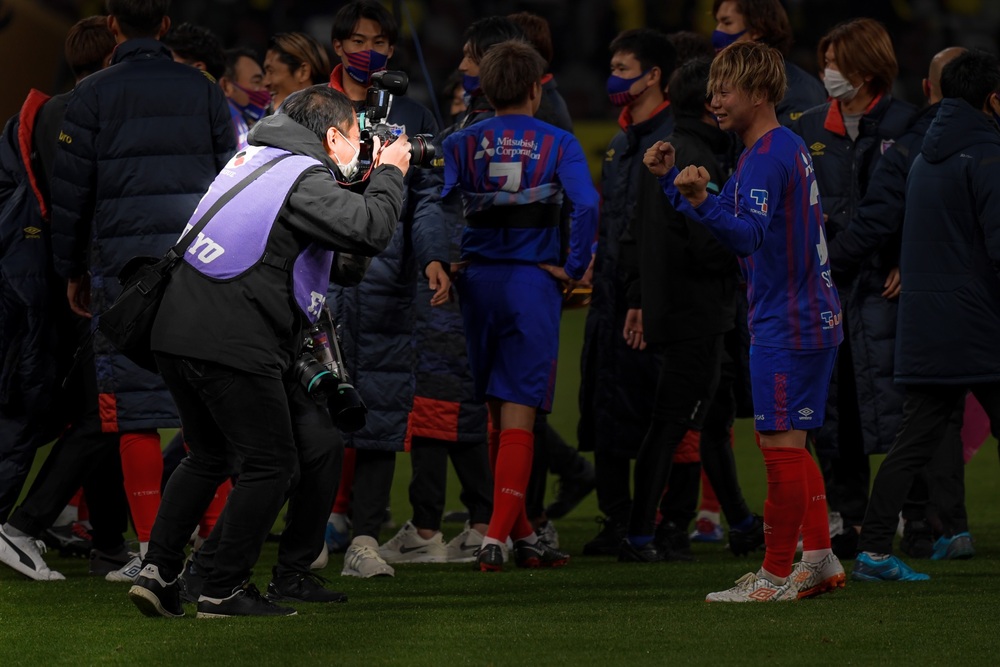
In 1999, I started my career as a freelance sports photographer.
Official photographer for FC Tokyo since 2002.
Has been photographing FC Tokyo's official matches for about 20 years.
Text by Yu Fujiwara
text by Fujiwara Yu
Photo by Kenichi Arai
Photo by Kenichi Arai
